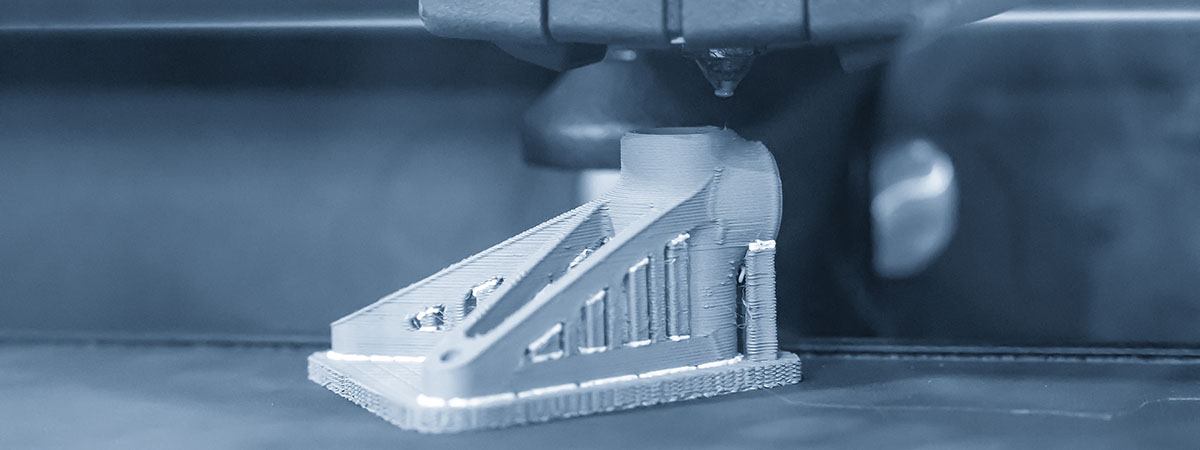
Bridging the gap between WAAM and software

Although I have known of MX3D for some time, my first interaction with the company came at the FromNext exhibition in 2019 when I came across their stand. As I walked past, I noticed an effective piece of geeky eye-candy in the form of a robot arm component that they had built using their wire-arc additive manufacturing (WAAM) technology. This component was built from a topology optimized design in stainless steel for an ABB industrial robot.
As a specialist in industrial robotics and additive manufacturing, I could quickly understand the benefits of this design. An industrial robot can weigh hundreds of kilograms and the motors located at the base of a robot need to be very powerful to not only carry its payload but the rest of the arm itself. Furthermore, the heavier a robot arm is, the greater its inertia and the more difficult it is for the controllers to keep the arm moving quickly and precisely. As we all know, time is money and the faster a robot can move with a required task precision, the more cost-effective it can be. Contrast that against the precision castings that need to be made to provide the support and rigidity for such precise tasks. The ABB robot arm in question required a cast housing that weighed 150kg.
The thing is that not all the material in that casting is needed to provide the required strength and rigidity. The major benefit of topology optimization is that it is possible to determine just how much material is required to provide that strength and rigidity. The problem becomes the need to find a manufacturing solution that can take advantage of this optimized design. Unfortunately, casting is not such a manufacturing process in this case.
MX3D used Altair Inspire and Optistruct software to help create the topology optimized design. This design was then fed to their own MetalXL software to drive the WAAM process. The resulting part is a near-net shape that requires further post-processing, including CNC machining to mounting points are precisely defined so that it can be successfully incorporated into the robot arm assembly. The result is a part that weighs only 73kg, less than half the equivalent casting. Ultimately, this means that ABB can further reduce the weight of its robot arms for the same specified payload and operating parameters since the motors and control hardware can also be lighter.
But that’s not the whole story. Since this component could be made in-house in the timeframe of just 4 days, it can be possible to consider building robots to order. If the payload and dynamic conditions are known in advance, the structural components can be further reduced in weight. Precision can be further improved using software to model stiffness in all 6 degrees of movement and thus speeds can also be further increased. Instead of merely optimizing the topology of the structural components, the entire robot can be optimized, including its energy consumption. We can thus consider making systems that are truly optimized for their environment.
I can see how WAAM and other directed energy deposition additive manufacturing technologies can take their place in the broad spectrum of available manufacturing solutions. It is clear that MX3D can also see this. When they first started making parts using WAAM, like the iconic metal printed bridge, which is planned to be installed summer 2021, it was something of a novelty. Now, it seems that the demand for WAAM is far beyond what one company like MX3D can produce. The basic infrastructure for performing WAAM is quite straightforward and well understood – all you ‘really’ need is a robot and a welding system. To perform WAAM effectively however, you need software that is tuned to the process and materials required to suit the application. As a result of their many person-years of experience, successes, and failures, MX3D are in a prime position to provide their MetalXL software to manufacturers who want to add WAAM to their portfolio of technical solutions. Surely there is still a lot to be learned and developed before WAAM can claim its place as a commonplace manufacturing technology, but this is a great start.

